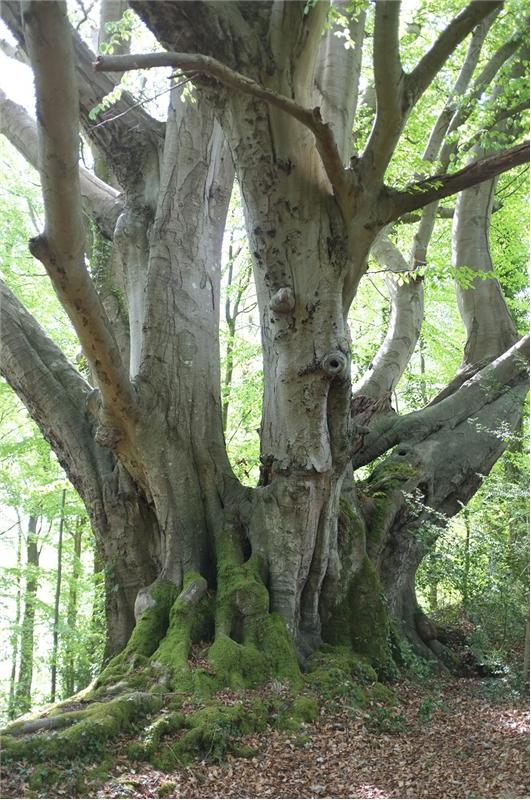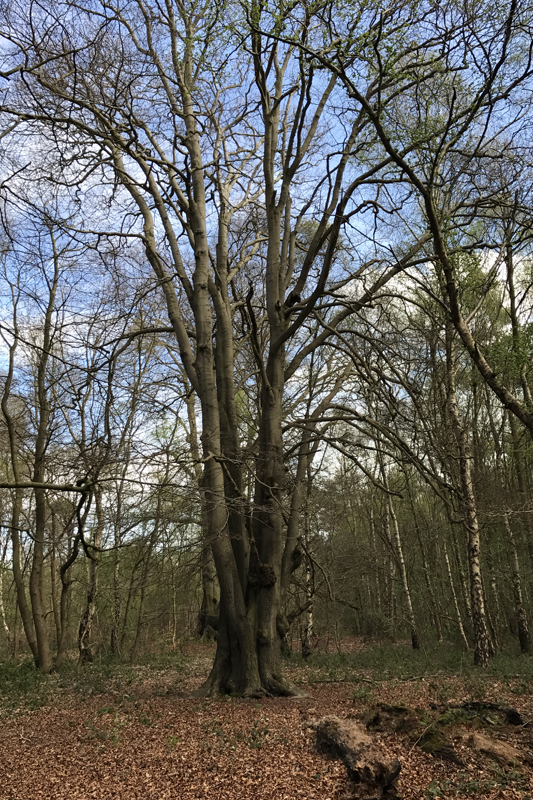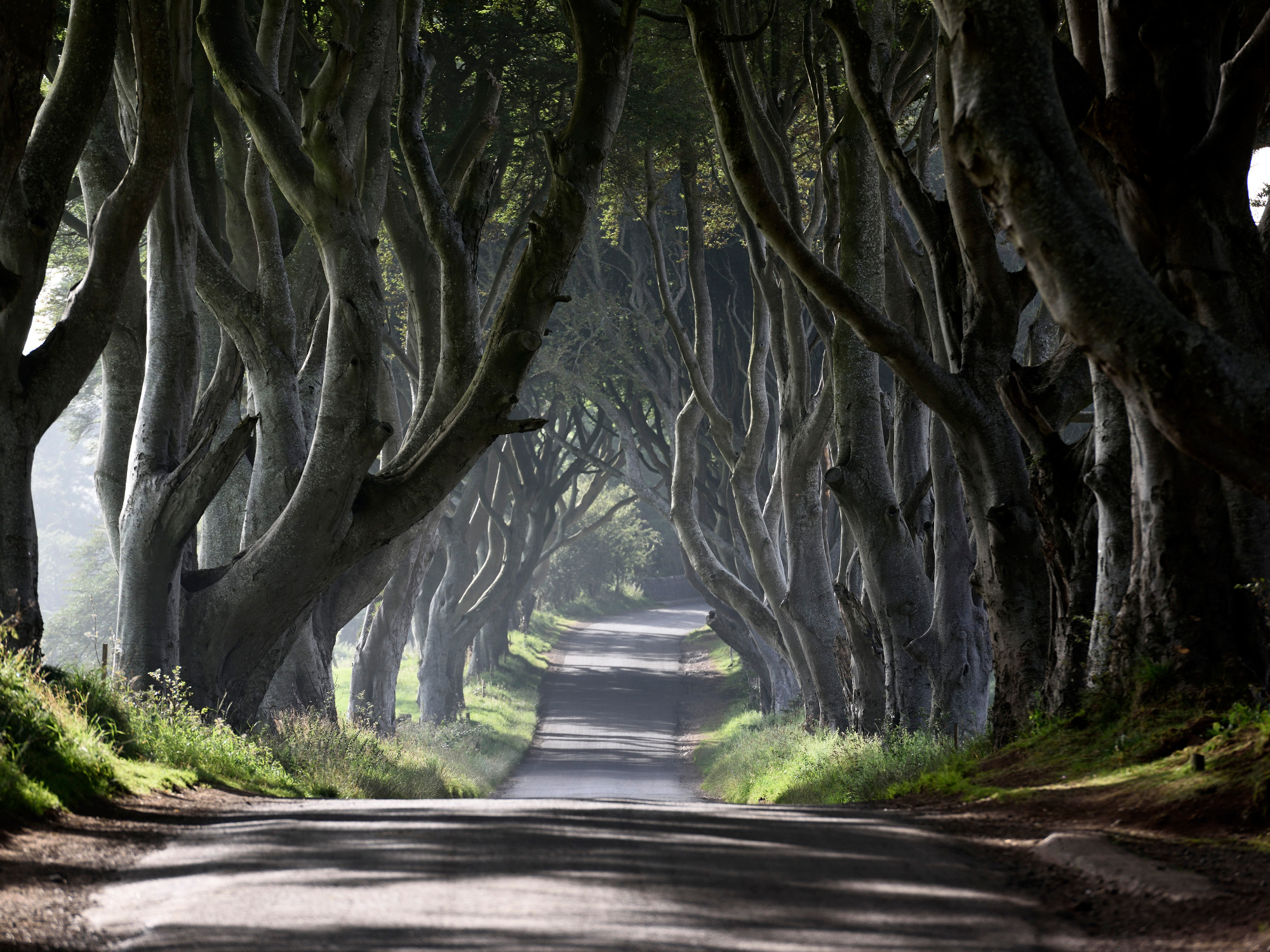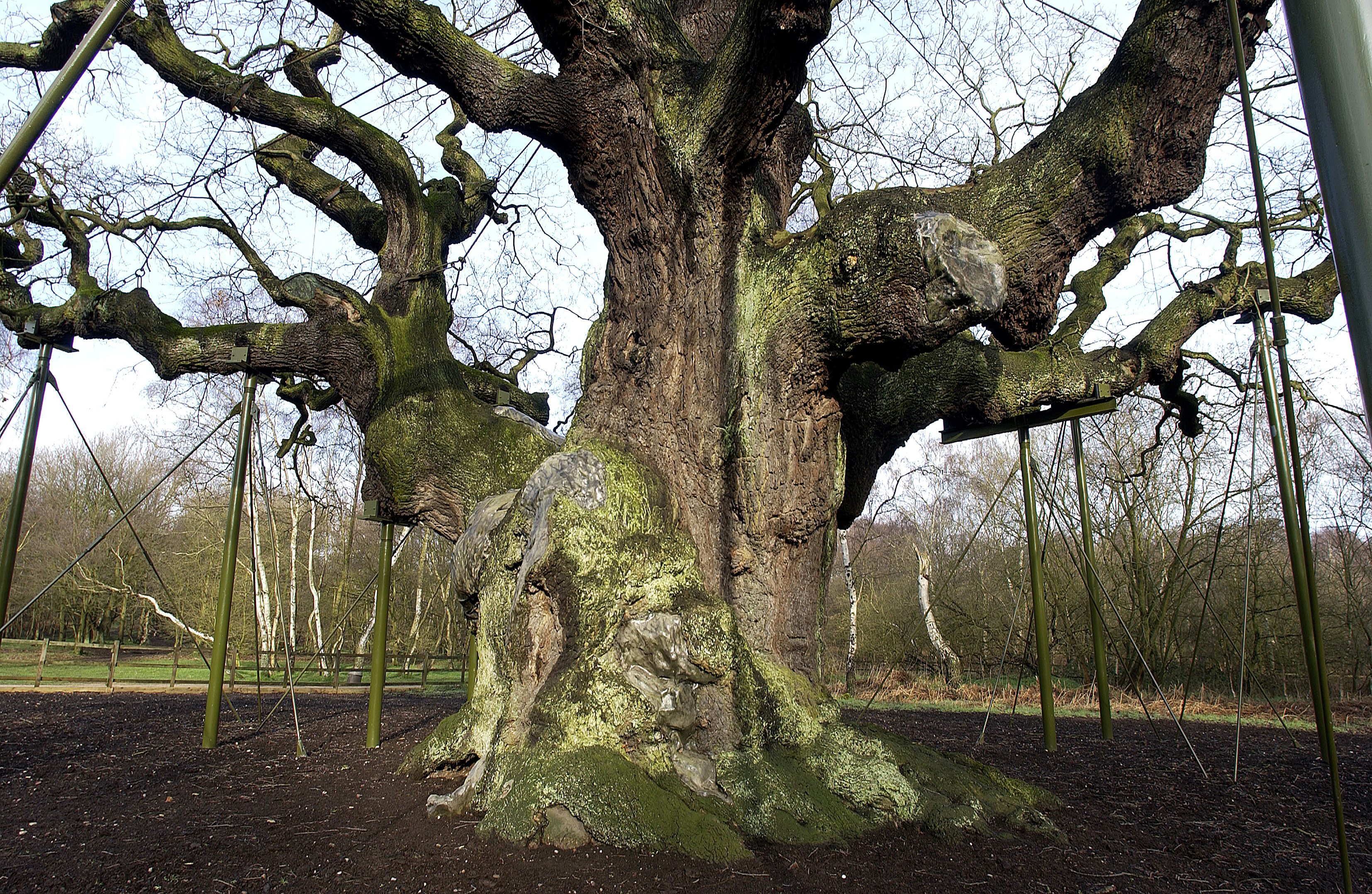Beech
Beech includes the common beech (Fagus sylvatica) and the copper or purple beech (Fagus sylvatica f. purpurea). Where the species is unknown the tree is recorded simply as beech.

Ancient beech. (Photo: David Alderman)

Veteran beech tree. (Photo: Jim Smith-Wright/WTML)

Notable beech. (Photo: David Alderman)
Distribution
Throughout the UK and found everywhere other than very wet areas.
Typical location
Parkland, designed landscapes, fields, woodland and wood pasture. Occasionally avenues, street trees, gardens and occasionally as overgrown hedges.
Age
Beech may live for 350 years (if managed as a pollard), although 250 may be more typical on many sites.
On upland sites and as pollards beech may be 400 years old.
Beech are ancient from 225 years onwards, although many have ancient characteristics from around 175 years.
Typically a veteran beech will be 125-200 years of age and a notable beech may be 75-150 years old.
Size
Beech can grow up to 6m plus in girth.
Record all beech more than 4m.
Consider recording all beech with any ancient characteristics more than 3m.
It’s important to rely on characteristics rather than size, which is an unreliable indication of age. Ancient beech are greater than 4.5m in girth if they grow in woodland, avenues and hedges. But beech that have been previously managed as a pollard may be no more than 2.5m in girth.

The dark hedges in Northern Ireland are well known as a filming location for Game of Thrones. (Photo: Michael Cooper/WTML)
Ancient characteristics
- Girth is large
- Major trunk cavities or progressive hollowing
- Decay holes
- Physical damage to trunk
- Bark loss
- Large quantities of dead wood in the canopy
- Crevices in the bark, under branches or on the root plate, sheltered from direct rainfall
- Fungal fruiting bodies (from heart rotting species)
- A high number of interdependent wildlife species
- Epiphytic plants
In addition the tree may have:
- A pollard form or show indications of past management
- Outgrown from an old hedge
- Cultural or historic value
- A prominent position in the landscape

There may be fungal fruiting bodies present. (Photo: Ted Green/WTML)

Hollowing trunks may be habitat for other species. Look for fungi and invertebrates. (Photo: David Alderman)

Look for bore holes from invertebrates. (Photo: Kylie Harrison Mellor)
